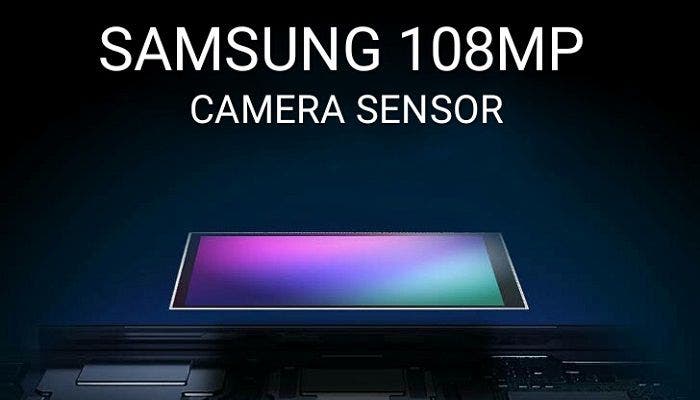The ideas for the perfect smartphone camera have been drifting apart for more than a year. For many years, the number of megapixels on smartphones was pretty constant. Google, Samsung, and Co. all bet on 12 to 16MP sensors. However, since last year, there is a real war for the highest resolution. After the popularization of the 48MP cameras, there has been a need for more megapixels. We have seen the 64MP sensor which is not as popular as the 48MP shooter. In addition, there is a 108MP Samsung sensor which is quickly gaining popularity.

In the real sense, the Samsung GM1 sensor (48MP) is a 0.8μm-pixel sensor that is actually a 12MP sensor but it results in a 48MP image by combining 4 pixels into 1. Now, the question is, do we prefer to combine megapixels to achieve better results or we would prefer to improve the size of the individual pixels?
We have seen Huawei phones with 40MP sensors. However, Huawei’s sub-brand, Honor has other plans for new high-end smartphones. Honor believes that its needless to race for more megapixels. Instead, it will pursue the plan to enlarge the individual pixels.
More megapixels or larger pixels: the smartphone industry is splitting up
The basic principle is that larger pixels and larger image sensors can capture significantly more light. Like a conventional window, light is important for photography. Honor used a 40MP sensor in the V30 (Pro), however, more is not to be expected according to its latest statements. According to Honor, it supports Sony in this regard, the Japanese take a similar view.
Nevertheless, it is possible to optimize the size of individual pixels even at high resolutions. To do this, you simply install larger image sensors. With the increasing size of smartphones, there should be more space for this, especially in the very large flagship phones, after all, we are now slowly reaching smartphones with a 7-inch display.





